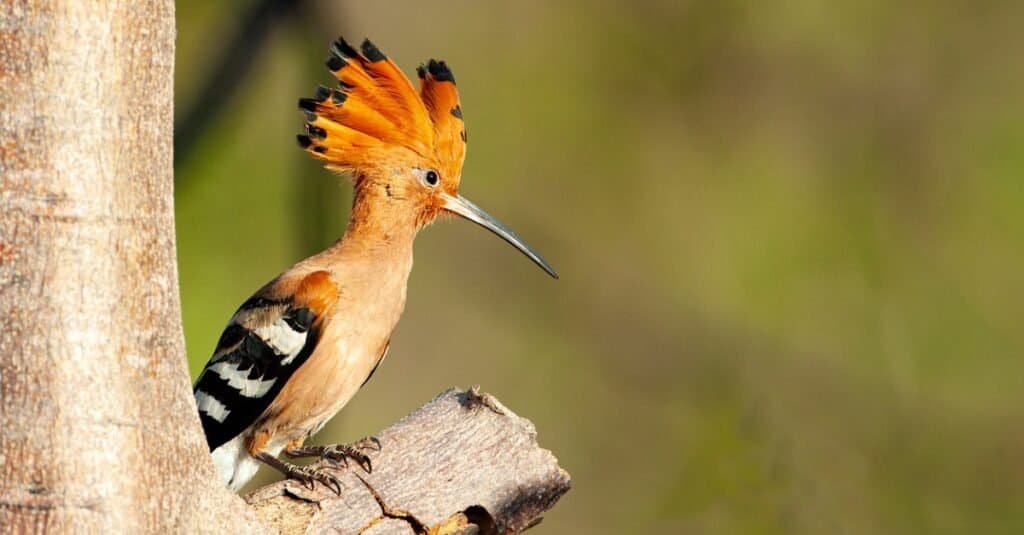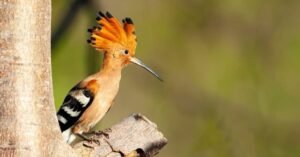The Fascination Behind Random Animal Generators: Exploring Wildlife Through Digital Discovery

The natural world is filled with incredible diversity, from the majestic elephants of Africa to the elusive creatures of the deep sea. While many of us are familiar with popular animals, there’s an entire universe of species waiting to be discovered. One way that both wildlife enthusiasts and casual internet users are exploring this diversity is through random animal generators. These tools not only provide a fun and interactive way to learn about animals but also serve as valuable educational resources, sparking curiosity and promoting a deeper appreciation for the natural world.
In this article, we’ll dive into what a random animal generator is, how it works, and its many applications in education, creativity, and beyond.
What Is a Random Animal Generator?
Table of Contents
ToggleA random animal generator is a digital tool, typically available as a website or app, that randomly selects an animal from a database and displays it to the user. These generators pull from a wide variety of species, often ranging from common household pets like dogs and cats to rare or exotic animals such as the aye-aye or axolotl. The generator usually provides the name of the animal, and more advanced versions may offer additional information, including fun facts, scientific classifications, images, and even sounds that the animal makes.
These generators are designed to be user-friendly, requiring nothing more than a click or tap to generate a random animal. In just a few seconds, users can find themselves learning about creatures they’ve never encountered before, broadening their understanding of wildlife in an engaging and accessible way.
How Do Random Animal Generators Work?
Most random animal generators are powered by simple algorithms that randomly select an entry from a pre-set database of animals. The database typically contains hundreds or even thousands of animal species, each accompanied by information such as its name, appearance, and habitat. When the user presses the “generate” button, the algorithm picks one of these animals and displays it on the screen.
While the basic functionality of a random animal generator is straightforward, more advanced versions integrate features like:
- Detailed descriptions: These may include habitat, diet, behavior, and conservation status, offering users a brief overview of the animal’s life.
- High-resolution images: Visuals that help users identify and appreciate the unique characteristics of each species.
- Audio features: Sounds or calls of certain animals, enhancing the immersive experience.
- Links to further reading: Connections to scientific articles or educational resources for users who want to dive deeper into the animal’s biology or ecology.
The simplicity of these generators makes them accessible to a wide audience, including students, teachers, wildlife enthusiasts, and even those who are just looking for a moment of light-hearted curiosity.
Educational Benefits of Random Animal Generators
One of the most significant advantages of random animal generators is their educational potential. For teachers, parents, and students, these tools offer a way to learn about the vast diversity of animal life in a fun and interactive manner. Here’s how they can be utilized for educational purposes:
1. Introducing New Species
Random animal generators expose users to species they might never have heard of otherwise. For instance, while most people are familiar with lions and tigers, how many know about the capybara, the world’s largest rodent? By introducing lesser-known species, these tools broaden users’ understanding of the animal kingdom and spark curiosity about new creatures.
2. Building Vocabulary and Taxonomy Knowledge
For students learning about biology, random animal generators can serve as a tool for practicing classification and taxonomy. As users generate different animals, they can learn about the various classes (mammals, birds, reptiles, etc.), families, and scientific names, building a stronger foundation in zoological knowledge.
3. Encouraging Research and Inquiry
One of the best things about random animal generators is that they promote inquiry-based learning. After discovering a new animal, users are often encouraged to learn more. This could involve looking up additional facts, researching the animal’s habitat, or even investigating its conservation status. Such engagement promotes independent learning and critical thinking, particularly for younger users.
4. Environmental Awareness
Many random animal generators include information on the conservation status of animals, highlighting species that are endangered or vulnerable. This can help raise awareness about the importance of wildlife conservation and the challenges facing many species due to habitat loss, climate change, and human activities. By informing users about these issues, random animal generators can foster a sense of responsibility and encourage efforts to protect endangered species.
Applications in Creativity and Entertainment
Random animal generators aren’t just for learning—they can also be used for creative inspiration and entertainment. Writers, artists, game developers, and content creators often look to random animal generators for ideas, using the unexpected combinations to fuel their imagination.
1. Creative Writing Prompts
For writers experiencing writer’s block, a random animal generator can be a great source of inspiration. Writers can use the generated animal as a character in a story, a setting in a fictional world, or even as a metaphor within their narrative. The randomness introduces an element of surprise, pushing creative boundaries.
2. Art and Design
Artists and illustrators looking for fresh subjects can also benefit from these tools. Whether sketching realistic animal portraits or incorporating fantastical elements into their work, random animal generators offer an endless source of inspiration for creativity. The unpredictability of which animal will appear next keeps the process exciting and unpredictable.
3. Game Design
Game developers can use random animal generators to inspire character design or plot elements in wildlife-themed games. Many games, particularly those in the fantasy or adventure genres, rely on unique creatures to populate their worlds. A random animal generator can provide ideas for creatures that can be adapted or modified for use in these games.
The Future of Random Animal Generators
As technology advances, the potential for random animal generators to evolve and become even more engaging is enormous. Features such as virtual reality (VR) integration could allow users to interact with 3D-rendered animals in immersive environments, further blurring the lines between education and entertainment. Machine learning could also enhance these tools, enabling generators to suggest animals based on user preferences or learning goals.
Conclusion
Random animal generators are more than just fun digital tools—they’re gateways to discovery, creativity, and education. By randomly selecting animals from across the globe, these generators help us explore the incredible diversity of life on Earth, expanding our knowledge of wildlife in ways that are both entertaining and informative. Whether you’re a student, a teacher, a writer, or simply someone who loves animals, there’s something enriching about the random surprises that these generators offer.













Post Comment